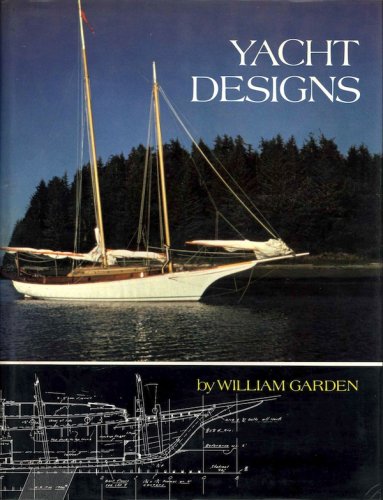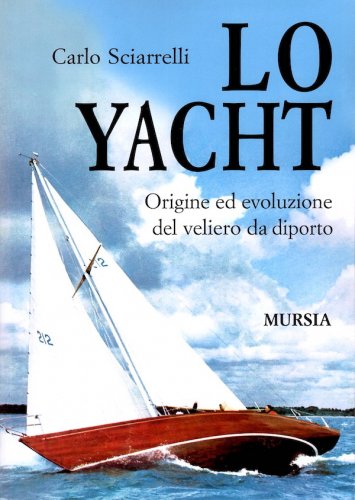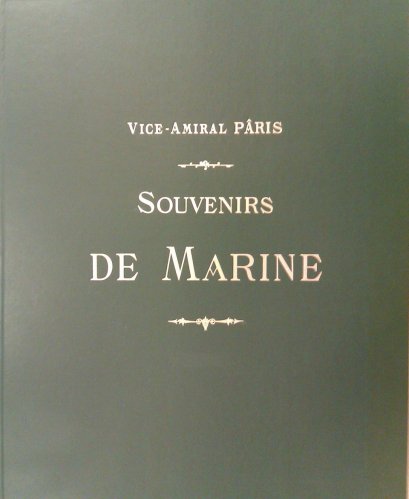Evolution of the wooden ship
Evolution of the wooden ship
- Non disponibile, richiedi informazioni sulla disponibilità
- Possibilità di reso entro 10 giorni lavorativi
- Transazione sicura con carta di credito, Paypal o bonifico bancario
- Spedizione tracciata con SDA
The Evolution of the Wooden Ship is a special tribute to the shipbuilding trade, not only because it traces its evolution and associated traditions, but also because it is in part based on the oral accounts of men who actually worked on the vessels. Basil Greenhill briefly traces the history of the wooden ship through her multiple forms and styles from her prehistoric beginnings to her demise shortly after the First World War. The four central chapters are devoted to describing in detail the building of the most common trading vessel, a simple 100-ton two-masted wooden schooner. Tom Perkins, a master shipwright of great experience, who rebuilt the West Country sailing barge Shamrock for Britain's National Trust and National Maritime Museum, adds technical details in the language of the trade and portrays the life of the men who worked in the yards. In addition, the building of different types of wooden vessels, three- and four-masted schooners and barques in different countries is discussed, from locations as varied as Wales, the Aland Islands of Finland, and Atlantic Canada. To complement the scholarly text by Dr. Greenhill, Sam Manning, a noted maritime illustrator, further explains many of the intricate processes of shipbuilding in his clear and accurate drawings and in his notes. These illustrations are an invaluable source of explanatory detail and are of great historical value.
Autore
Ean / Isbn
978193284619
Pagine
240
Data pubblicazione
15/02/2009









